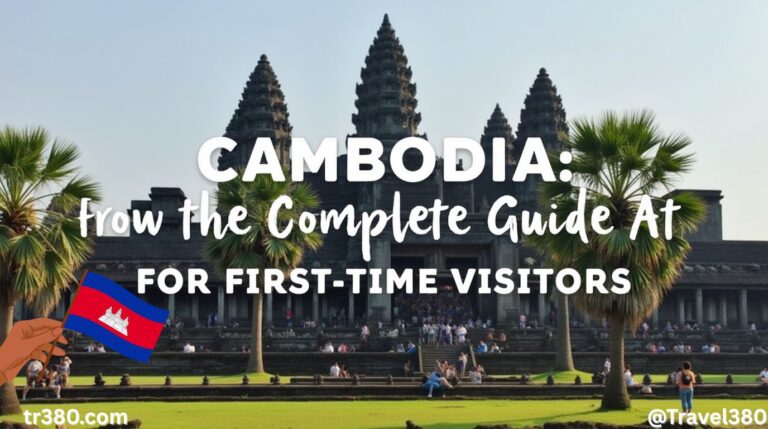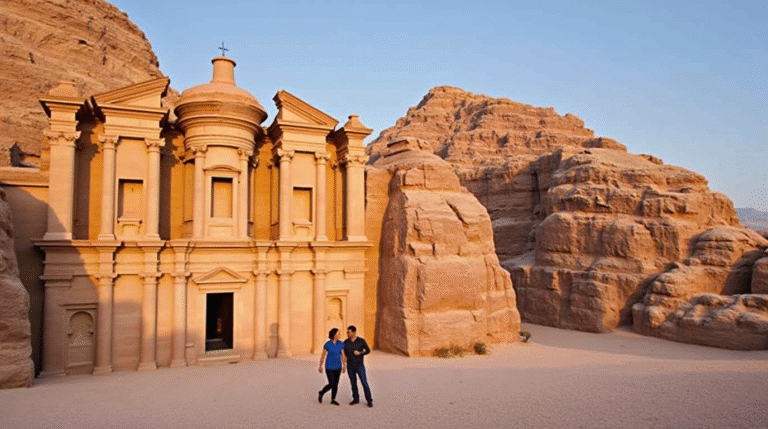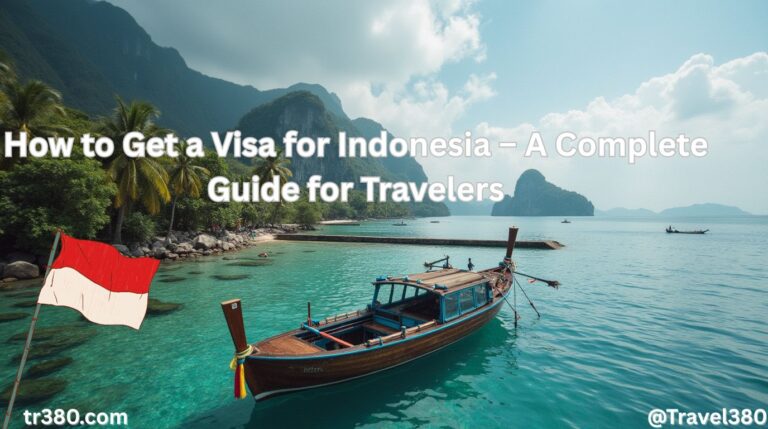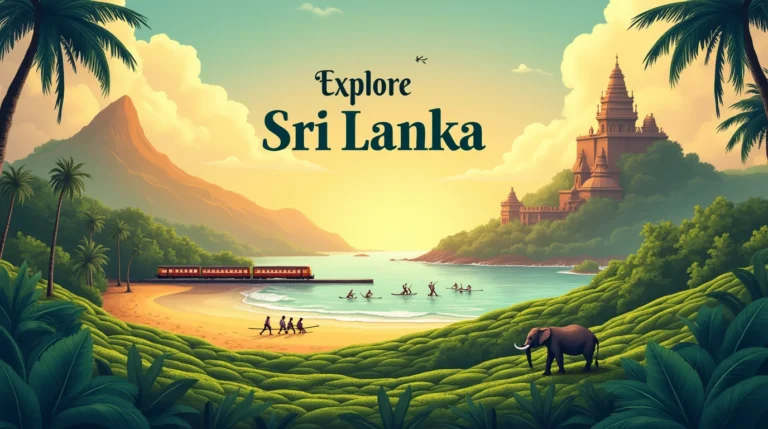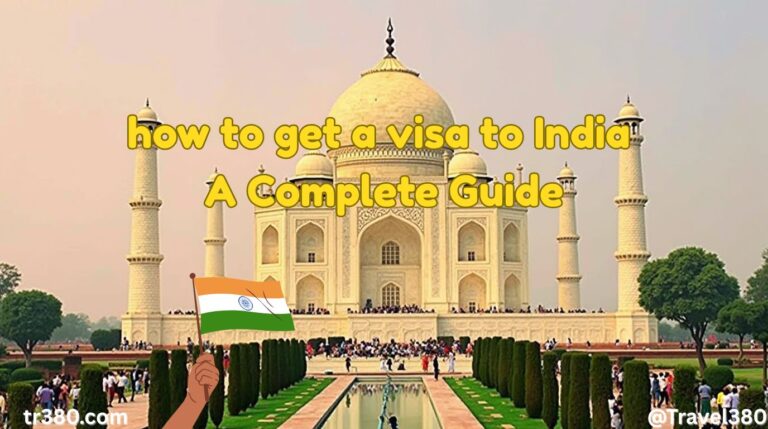Travel to India: A Complete Guide for First-Time Visitors
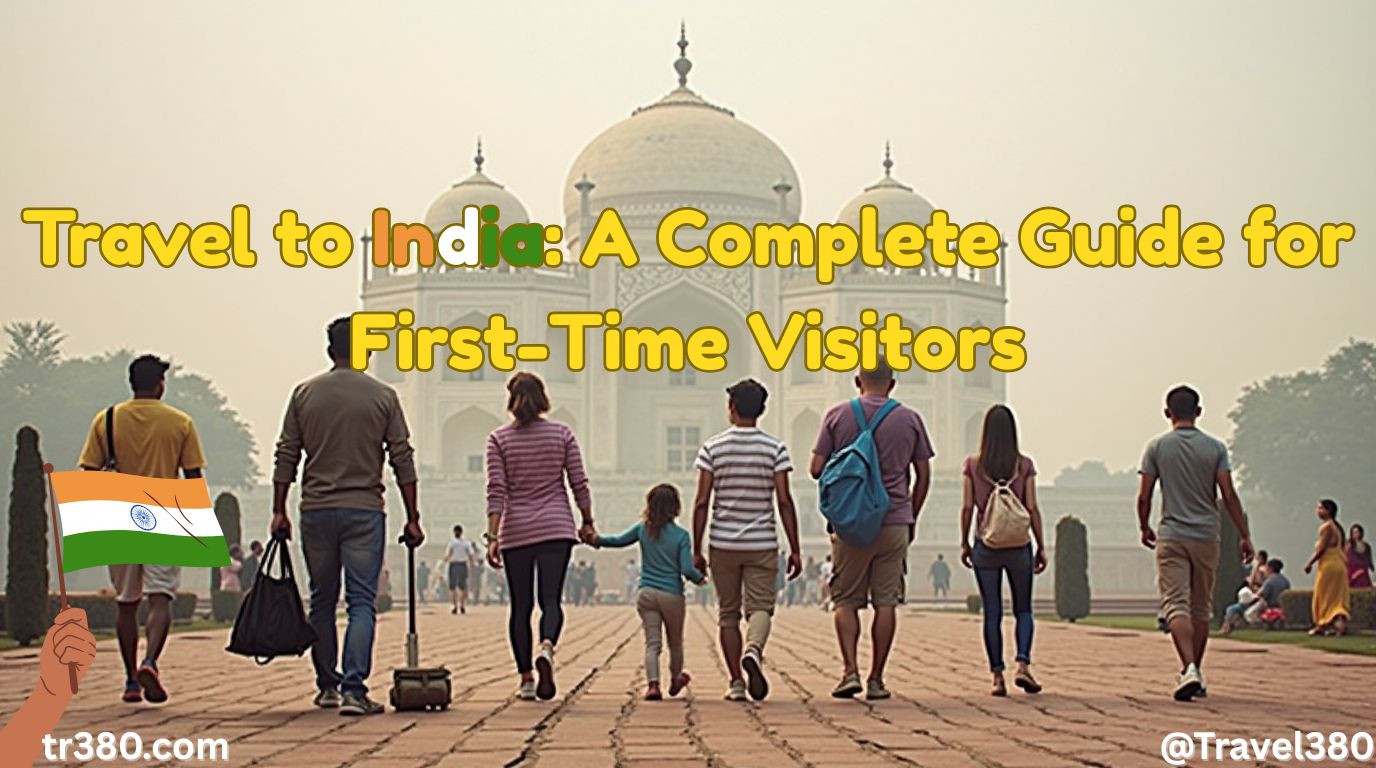
Table of Contents
India is a land of contrasts—where ancient traditions meet modern innovation, bustling cities coexist with serene landscapes, and every region offers its own unique flavor. From the snow-capped peaks of the Himalayas to the tropical backwaters of Kerala, from the golden sands of Rajasthan to the lush tea plantations of the South, India promises an enriching and unforgettable experience for every traveler.
Whether you’re drawn by spiritual retreats, historical wonders, colorful festivals, or simply the thrill of adventure, India has something for everyone. However, visiting such a vast and culturally rich country can be overwhelming without proper planning. In this comprehensive guide, we’ll walk you through everything you need to know before visiting India, including the best places to visit, cultural etiquette, budget travel tips, and suggested itineraries.
1. Best Places to Visit in India
India is home to countless destinations that cater to all kinds of travelers—from history buffs and nature lovers to spiritual seekers and food enthusiasts. Here are some must-visit spots:
A. North India: The Land of Monuments and Mountains
Delhi
As the capital city, Delhi blends old and new seamlessly. Explore the Mughal-era Red Fort, Humayun’s Tomb, and Qutub Minar, then enjoy the vibrant street food scene in Chandni Chowk or shop at modern malls like DLF Cyber Hub.
Agra
Home to one of the Seven Wonders of the World—the Taj Mahal—Agra is a testament to love and architectural brilliance. Don’t miss Agra Fort and Fatehpur Sikri nearby.
Jaipur (The Pink City)
Known for its royal palaces and forts, Jaipur offers attractions like Amber Fort, Hawa Mahal, and City Palace. It’s also a gateway to Rajasthani culture and desert safaris.
Manali & Shimla
For mountain lovers, these Himachal Pradesh hill stations offer snow-laden landscapes, trekking trails, and peaceful monasteries. Ideal for winter and summer getaways alike.
B. South India: Temples, Backwaters, and Coffee Plantations
Kerala
Experience the serenity of houseboat cruises in the backwaters of Alleppey, Ayurvedic wellness treatments, and beautiful beaches like Kovalam. Don’t miss the Periyar Wildlife Sanctuary.
Tamil Nadu
Visit Chennai, Madurai, and Rameswaram to explore ancient Dravidian temples like Meenakshi Amman Temple and Ramanathaswamy Temple.
Mysore & Hampi
Mysore is known for its grand palace and heritage, while Hampi—a UNESCO World Heritage Site—is dotted with ruins from the Vijayanagara Empire.
C. East & Northeast India: Hidden Gems
Darjeeling & Sikkim
Famous for their tea gardens and views of Mount Kanchenjunga, Darjeeling and Sikkim offer peace, spirituality, and breathtaking scenery.
Assam & Meghalaya
Explore Kaziranga National Park for one-horned rhinos, and trek through living root bridges in Cherrapunji and Mawlynnong (Asia’s cleanest village).
D. West India: Desert, Coastlines, and Festivals
Mumbai
India’s financial capital is also a cultural melting pot. Visit Gateway of India, Marine Drive, Elephanta Caves, and experience Bollywood glamour.
Goa
With its laid-back vibe, Portuguese architecture, and stunning beaches, Goa is perfect for relaxation and nightlife.
Rajasthan (Again!)
Don’t forget Jaisalmer’s golden dunes and Udaipur’s romantic lakeside palaces.
2. Cultural Etiquette for Travelers in India
India is a deeply spiritual and traditional country. Respecting local customs will enhance your experience and foster meaningful interactions.
A. Dress Modestly
While urban areas are more liberal, dressing modestly—especially in religious sites—is advisable. Cover shoulders and knees; women may consider wearing scarves when entering temples.
B. Religious Sensitivity
Remove shoes before entering temples, mosques, and gurdwaras. Ask permission before photographing rituals or people.
C. Greetings & Gestures
Namaste (“I bow to you”) is a common greeting. Avoid public displays of affection, which are generally frowned upon.
D. Food Customs
Vegetarianism is widely practiced, especially among Hindus and Jains. Always ask if dishes contain meat or alcohol before ordering.
E. Tipping & Bargaining
Tipping is appreciated but not mandatory. In markets and auto-rickshaws, bargaining is expected—but always do so politely.
F. Personal Space
India is a crowded country. Be prepared for close proximity in public transport and markets. Maintain patience and a smile.
3. Budget Travel Tips for Visiting India
India is one of the most affordable travel destinations in the world. With careful planning, you can stretch your budget and still have a luxurious experience.
A. Accommodation
Opt for guesthouses, homestays, or hostels instead of luxury hotels. Platforms like OYO Rooms, Airbnb, and Booking.com offer great deals.
B. Transportation
Use local trains and buses for long-distance travel. Apps like Uber and Ola provide reliable and affordable taxi services in cities.
C. Food
Eat at local dhabas (roadside eateries), canteens, or street vendors for authentic and cheap meals. Try regional specialties like dosa in South India or paranthas in North India.
D. Entry Fees
Many monuments and museums charge minimal entry fees. Some temples are free to enter, while others may require a small donation.
E. Shopping
Negotiate prices at markets. Popular items include textiles, handicrafts, spices, and jewelry. Avoid buying antiques unless you’re sure they’re legally exportable.
F. SIM Cards & Internet
Purchase a local SIM card (like Jio, Airtel, or Vodafone) for affordable data plans. Most accommodations and cafes offer free Wi-Fi.
G. Health & Safety
Drink only bottled or filtered water. Carry a basic first-aid kit and stomach medication. Stick to reputable eateries to avoid upset stomachs.
4. Sample Itineraries for Your India Trip
Depending on how much time you have, here are a few sample itineraries to help you plan your Indian adventure.
Itinerary 1: 7 Days – Golden Triangle Tour (North India)
Day 1 : Arrive in Delhi – Explore Old Delhi (Red Fort, Jama Masjid), enjoy street food in Chandni Chowk
Day 2 : Delhi – Visit Qutub Minar, Humayun’s Tomb, India Gate
Day 3 : Delhi to Agra – See Taj Mahal at sunrise, visit Agra Fort
Day 4 : Agra to Jaipur – Explore Amber Fort, City Palace
Day 5 : Jaipur – Visit Hawa Mahal, local bazaars
Day 6 : Jaipur to Delhi – Fly back or take train
Day 7 : Departure from Delhi or explore more
Itinerary 2: 10 Days – South India Cultural & Nature Tour
Day 1 : Arrive in Chennai – Visit Kapaleeswarar Temple, Marina Beach
Day 2 : Chennai to Pondicherry – French colonial charm, Auroville
Day 3 : Pondicherry to Thanjavur – Brihadeeswara Temple
Day 4 : Thanjavur to Madurai – Meenakshi Temple
Day 5 : Madurai to Kochi (Kerala) – Dutch Palace, Chinese fishing nets
Day 6 : Houseboat cruise in Alleppey backwaters
Day 7 : Munnar – Tea plantations and Eravikulam National Park
Day 8 : Munnar to Thekkady – Periyar Lake boat ride
Day 9 : Thekkady to Kovalam – Relax on the beach
Day 10 : Depart from Trivandrum
Itinerary 3: 14 Days – Ultimate India Experience (North + South)
Combine both itineraries above with additional stops:
- Add Manali or Leh for mountain adventures
- Include Hampi and Mysore in the South
- Spend a day in Goa for beach relaxation
- Visit Khajuraho for erotic temples
- Explore Varanasi for spiritual immersion
This allows you to experience the full diversity of India in two weeks.


